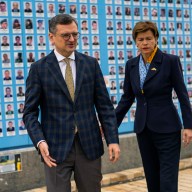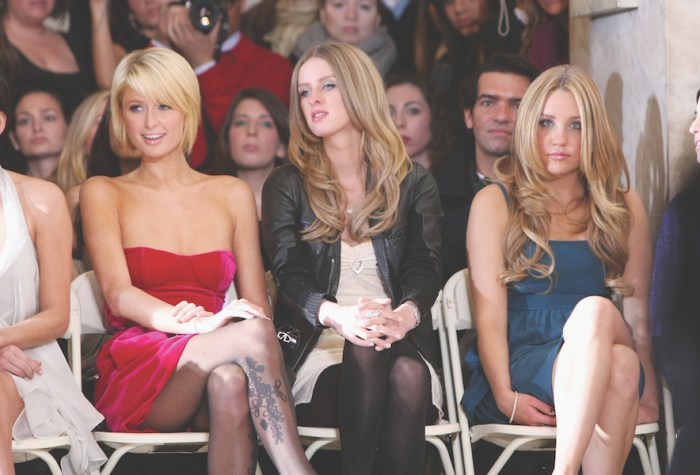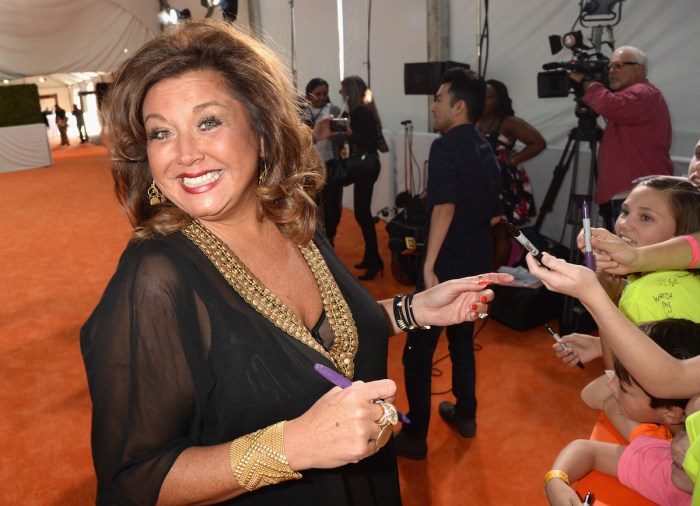 Sarah Burton’s Alexander McQueen S/S ‘14 show was a standout during the collections.
Sarah Burton’s Alexander McQueen S/S ‘14 show was a standout during the collections.
Credit: CATWALKING.COM
For centuries men have dominated the fashion houses with their ideas about how women should look. But a growing band of women designers are getting a little of what’s owed, tackling menswear with radical approaches and immense talents. It’s about time, too.
From Sarah Burton’s twisted creations for Alexander McQueen to swaggering new kids like Katie Eary, Martine Rose and Astrid Andersen, most of the collections unveiled during London’s recent menswear shows had women designers at the helm. The redressing of gender imbalance is laudable, but how does it impact the clothes on the runway and, ultimately, what men wear?
Andersen believes that the increased numbers of women designing for men was inevitable. After all, she says, “Women know how they want men to dress.”
But that’s not the whole story.
“The best designers have their own unique aesthetic. And whether that is women designing for men, it is the aesthetic that counts,” argues Terry Betts, buying manager at MrPorter.com. Although he concedes, “I feel women think about how the clothes work for men in ‘real life.’”
Betts names Eary as one designer to watch for her ability to use bold print and color — her fall 2013 collection combined pink roses of dinner-plate proportions with razor-sharp tailoring — in a way that feels “distinctly masculine.”
Rather than focusing on the gulf between womenswear and menswear, these female designers are increasingly taking traditional elements of how men and women dress and juxtaposing them to reinvent the menswear genre. Burton’s spring 2014 menswear show provided a case in point. She poked fun at stereotypical “feminine” flourishes like lilac lace, billowing silk and even Mary Jane shoes by blending them with McQueen’s signature tailoring. The results didn’t feel girlie at all.
In the Internet age, men are bombarded with images of musicians and athletes wearing items direct from the catwalk as never before. While lace suits might not be for everyone, this liberated approach has a trickle-down effect and this means, according to Betts, “Men are definitely willing to take more risks.”
Of course it’s not just female designers who are doing this. J.W. Anderson’s training as a womenswear designer sees him push boundaries with proportion and fabric in his menswear, and his fall collection featured macho male models striding the runway in leather dresses and frilly hotpants.
Perhaps their ‘outsider’ status makes it easier for women to question the norms of men’s fashion with objective.
“The perceived restrictions on menswear makes it much more interesting to play with,” says designer Martine Rose, who considers Prince her dream client. Andersen, whose signature look combines hip-hop references with feminine color and fabric, agrees: “What I love with menswear is that there is no escaping functionalism, but with womenswear there are always loopholes.”


















